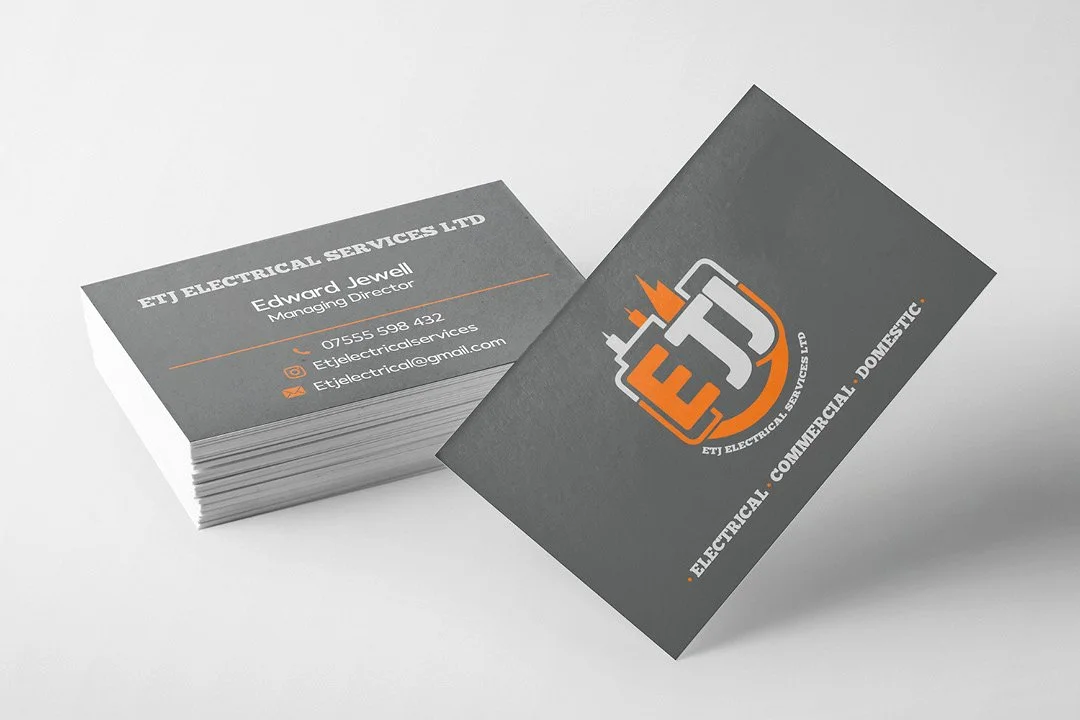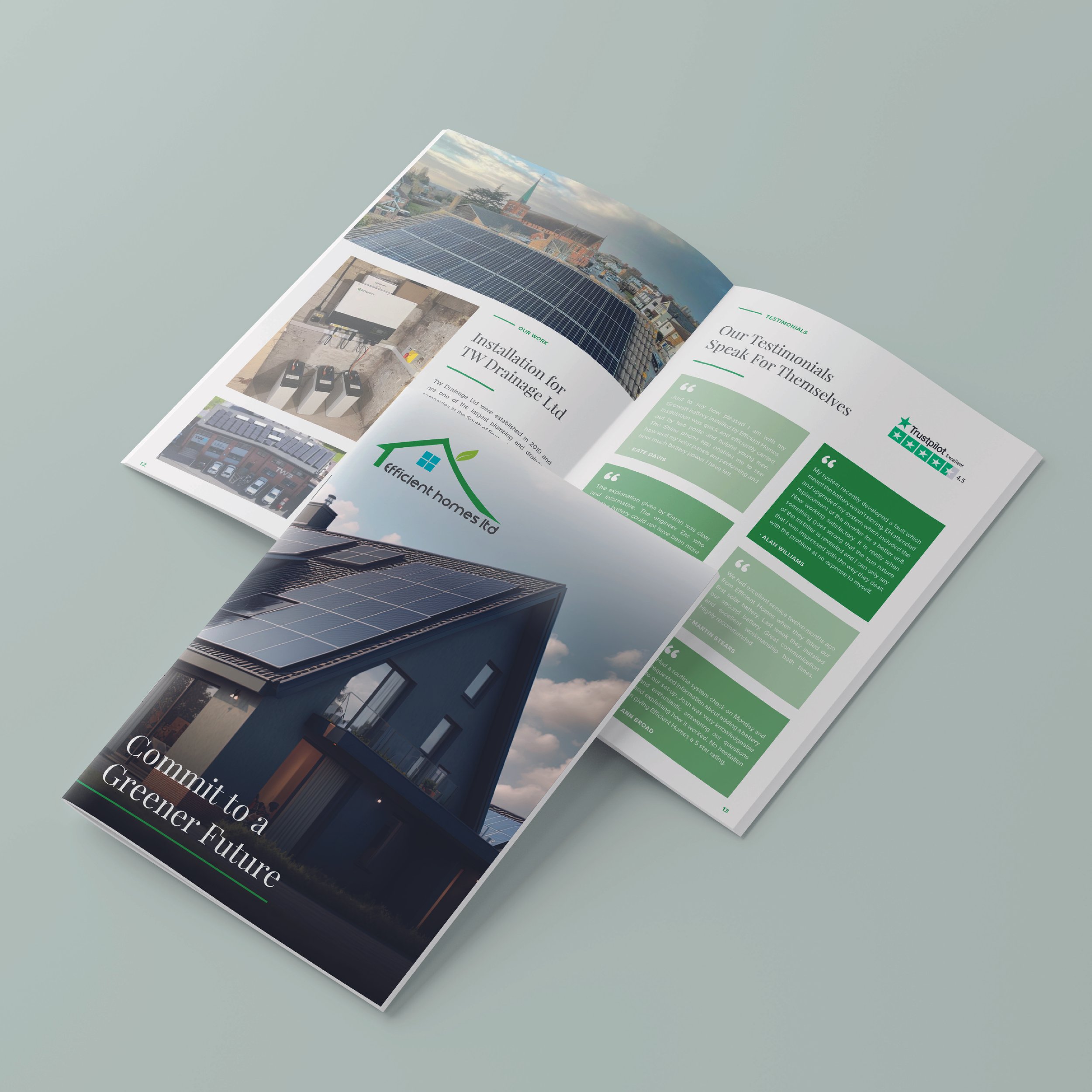The Ultimate Guide to Effective Print Design in 2024
As we navigate the digital age, the importance of print design might seem to be diminishing. However, despite the proliferation of online marketing, print materials still hold their ground as indispensable tools to communicate a brand's message, convey professionalism, and leave a lasting impression on the target audience. In this article, we'll explore the world of print design in 2024, highlighting its relevance in today's marketing landscape and offering valuable insights into creating impactful print materials for your business. Whether you represent a small start-up or an established enterprise, our experience at Absolute Creative Print enables us to guide you through the world of print design and its benefits.
Through this detailed guide, we'll delve into the various elements that contribute to effective print design, such as colour psychology, typography, layout composition, and the incorporation of eco-friendly materials. Additionally, we'll discuss the significance of collaborating with professional designers, as they provide creative solutions tailored to your brand's unique requirements. Along the journey, we'll also offer some tips and best practices to ensure that your print materials effectively communicate your brand's message while capturing the attention of your target audience.
Element #1: Colour Psychology in Print Design
Colour is a powerful tool in print design, triggering emotional responses, reinforcing your brand identity, and increasing the overall impact of your materials. Consider the following factors when choosing colours for your print materials:
Emotions: Different colours evoke various emotions, with warm hues like red, orange, and yellow being perceived as energetic and vibrant, while cooler tones like blue, green, and purple can convey calmness and sophistication.
Brand Consistency: Aim for a colour palette that reflects your brand's values and personality while remaining consistent with your overall branding strategy.
Contrast: Use contrasting colours to create visual interest and make important elements, such as text, stand out.
Element #2: Typography and its Role in Print Design
Typography significantly affects the readability, aesthetics, and perception of your print materials. Consider the following when selecting typefaces for your designs:
Legibility: Choose fonts that are easy to read and accessible, particularly for informational materials such as brochures and reports.
Brand Identity: Opt for fonts that complement your brand's personality and overall design aesthetic.
Hierarchy: Utilise a combination of font sizes, weights, and styles to establish a clear hierarchy within your design, making it easy for readers to navigate and absorb essential information.
Element #3: Layout Composition and its Importance
A well-structured layout can guide your audience's eyes through the content and make crucial information stand out, contributing to the effectiveness and visual appeal of your print materials. When designing your layout, keep these principles in mind:
Balance: Distribute visual weight evenly throughout the design, ensuring no single element overwhelms the composition.
Alignment: Consistently align text and graphic elements to create visual order and improve readability.
White Space: Allow for ample white space within your design, preventing a cluttered and overwhelming appearance.
Element #4: Embracing Eco-Friendly Print Design
As consumers embrace sustainability, incorporating eco-friendly materials and practices into your print designs can enhance your brand's image and minimise your environmental impact. Consider:
Paper Choice: Choose recycled or sustainably sourced paper for your print materials, demonstrating a commitment to sustainability.
Finishes and Coatings: Select environmentally friendly options, such as water-based varnishes, when considering finishes for your print materials.
Collaborating with Professional Designers
Working with experienced print designers can elevate your materials and ensure they effectively communicate your brand's message. Collaborating with professional designers offers several advantages:
Expert Guidance: Designers bring knowledge of design principles, industry trends, and new techniques to the table, helping you craft a compelling visual narrative.
Time Efficiency: Skilled designers can streamline the design process, delivering high-quality materials within shorter time frames.
Project Management: Utilising a designer's expertise in liaising with printers, managing print runs, and handling logistics can alleviate stress and ensure you receive the best possible outcome.
Tips for Communicating with Designers
To ensure a seamless collaboration with your print designer, consider the following tips:
Brief: Provide a clear and comprehensive creative brief, outlining your objectives, preferences, and constraints.
Feedback: Offer constructive, specific, and timely feedback, facilitating a smooth design process and fostering a strong working relationship.
Trust: Trust your designer's expertise, as they have the experience and knowledge to propose creative solutions that align with your brand's goals.
Achieve Success in Your Design & Print projects with Absolute Creative Print
Print design still holds a significant place in the marketing landscape of 2024, as it provides valuable opportunities for businesses of all sizes to effectively communicate their brand message and create a lasting impression. By focusing on colour psychology, typography, layout composition, and sustainability, you can develop impactful print materials that showcase your brand's identity, enhance customer engagement, and reinforce your marketing strategies.
When collaborating with professional experts in design and print in Kent, such as our team at Absolute Creative Print, you can access expert guidance, creative solutions, and dedicated support to ensure the success of your print design projects.


